Celebrated in March every year, Holi is among the biggest Hindu festivals of all time. This festival of colours has a twofold significance: firstly, it marks an important mythical event, and secondly, it signals the end of winter and the arrival of spring. Falling on the Purnima (full-moon night) of the Phalguna month and the day after, this two-day festival will fall on 25th March 2024 as per the Gregorian calendar. The night before is celebrated as Holika Dahan and the next morning as Dhulendi. Holi 2024 is a public holiday in India. All the banks, government offices, and schools will be closed on this day.
Check the Holi 2024 date, Muhurat, history, significance, celebrations, places to observe, and Holi wishes.
Holi 2024 Date and Time Information
Check here when is Holi 2024 Celebrated in India, 24th or 25th of March with time.
- Holi Dahan: 24 March, Sunday (7:19 PM to 09:38 PM)
- Holi Dhulendi: 25 March, Monday
- Purnima Tithi Muhurat starts at 9:55 AM on 24th March
- Purnima Tithi Muhurat ends at 12:30 PM on 25th March
Holi Festival History and Significance
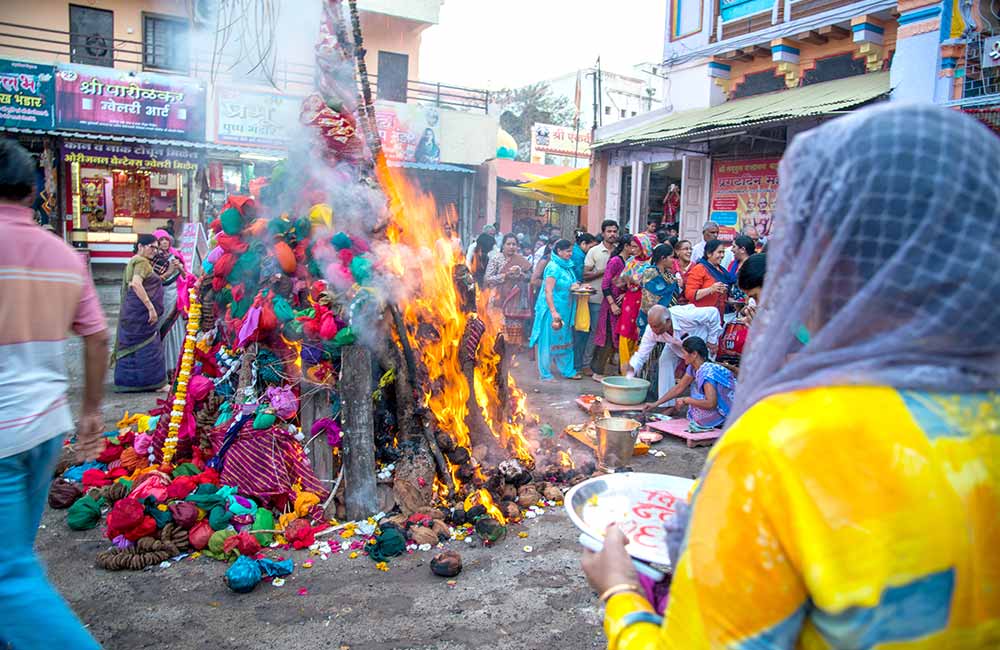
Holika Dahan | Holi Festival 2024
As per the Puranas, the story of Holi background predates even the Ramayana and Mahabharata. In Satyuga (one of the four eras in Hindu cosmology), there was a mighty demon, Hiranyakashipu. His son, Prahlad, was an ardent devotee of Lord Vishnu, which greatly angered the demon king. He thought of several ways to kill his son, all of which failed. One of the ways was to have his sister, Holika, sit with Prahlad in a fire as she had a magical cloak which made her impervious to the burning flames.
However, when they sat in the fire, Lord Vishnu intervened by making the fire burn Holika, sparing Prahlad. The next morning, the locals indulged in revelry as they had finally gotten rid of the demoness. This is why we celebrate Holi to mark the victory of good over evil.
Another legend states that Lord Krishna was in love with Radha but feared that she wouldn’t accept him as she was fair and he was dark. On advice from his mother, Yashoda, he speared Radha’s face with coloured powder, which marked the beginning of their relationship.
Holi Festival Celebrations across India
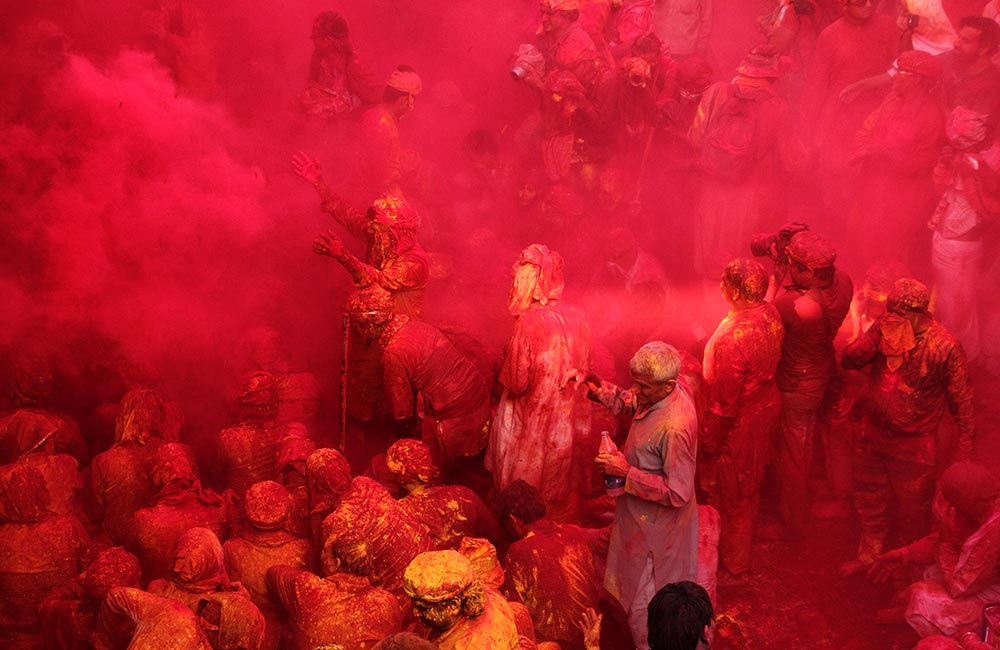
Holi Festival Celebrations across India | Holi 2024
The night before the festival of colours, huge piles of wood are set afire, symbolising the burning of Holika and singing Holi songs around the fire. Thereafter, in the morning, people of all ages put coloured powder, throw coloured water by Holi Pichkari and even water balloons on each other. Revellers roam around their colony in groups, locally known as tolis, celebrating the festival of Holi with great fervour.. Special sweets, including the iconic Gujiyas, are prepared in almost every Hindu household. Another traditional Holi preparation is a drink, called Thandai, which is infused with bhaang. In major cities like Delhi and Mumbai, parties are organised at large farmhouses, luxury hotels and resorts.
In Uttarakhand, especially the Kumaon region, Holi takes on a rather unique form as people start assembling in each other’s houses several months in advance, singing songs with the music of harmonium and tabla.
For an even more different face of Holi, visit Goa because the festival is celebrated here as Shigmotsav. During it, Konkani Hindus from villages come out in their most vibrant attire and flags and dance and make merry in temple courtyards. It also marks the time of abstinence from intoxicants and meat, much like Lent. The 9-day festivities culminate with the parading of colourful floats or tableaux.
However, the grandest and most famous Holi celebrations are held in the Braj region, comprising Mathura and Vrindavan Holi. In the iconic Lathmar Holi of Barsana, women chase men with sticks, symbolising an event that happened with Krishna and his Gopis. Another noteworthy event is the Holi celebrated by widows, who have been marginalised in the religion; thus, becoming a symbol of women’s empowerment in recent times.
Also, Know About the Deepawali 2024 Date
Best Places to Observe the Celebrations of Holi in 2024
Holi, also known as the ‘festival of colours’, is one of the major celebrations in India. The best places to see Holi celebrations in India are Mathura, Barsana and Vrindavan. All the places have their traditions and ways of celebrating the Holi festival which are interestingly very different from each other. It depends on what interests you, for instance, Barsana has the Lathmaar Holi while Vrindavan celebrates Radha Krishna Holi with flowers.
Holi 2024 Wishes
Here are some famous happy Holi wishes for 2024:
- Let the beautiful Holi colours spread the message of positivity. Happy Holi to you and your family.
- May this Holi bring an abundance of happiness to your life. Wishing you and your family a happy Holi. Sending you happy Holi wishes.
- On this happy occasion of Holi, may your life be filled with the colours of happiness. Happy Holi 2024.
- Holi is the day to express love with colours and shower your love on your loved ones. Sending you and your family colourful and happy Holi greetings.
YOU MAY LIKE TO READ: Best Places to Celebrate Holi in India
Other Festivals in India with Holiday Type
| Festivals in India | Day | Date | Holiday Type |
|---|---|---|---|
| New Year’s Day | Mon | 01-Jan | Restricted Holiday |
| Lohri | Sat | 13-Jan | Restricted Holiday |
| Makar Sankranti | Sun | 14-Jan | Restricted Holiday |
| Pongal | Mon | 15-Jan | Restricted Holiday |
| Guru Gobind Singh Jayanti | Wed | 17-Jan | Restricted Holiday |
| Republic Day | Fri | 26-Jan | Gazetted Holiday |
| Losar | Sat | 10-Feb | Restricted Holiday |
| Basant Panchmi | Wed | 14-Feb | Restricted Holiday |
| Guru Ravidas Jayanti | Sat | 24-Feb | Gazetted Holiday |
| Maharshi Dayanand Saraswati Jayanti | Wed | 6-Mar | Restricted Holiday |
| Mahashivratri | Fri | 8-Mar | Gazetted Holiday |
| Holi | Mon | 25-March | Gazetted Holiday |
| Good Friday | Fri | 29-Mar | Gazetted Holiday |
| Easter Day | Sun | 31-Mar | Restricted Holiday |
| Gudi Padwa | Tue | 9-Apr | Restricted Holiday |
| Eid-ul-Fitr | Wed | 10-Apr | Gazetted Holiday |
| Vaisakhi (Vishu) | Sat | 13-Apr | Restricted Holiday |
| Rama Navami | Wed | 17-Apr | Gazetted Holiday |
| Mahavir Jayanti | Sun | 21-Apr | Gazetted Holiday |
| Rabindra Jayanti | Wed | 8-May | Restricted Holiday |
| Buddha Purnima (Vesak) | Thu | 23-May | Gazetted Holiday |
| Id-ul-Zuha (Bakrid) | Mon | 17-Jun | Restricted Holiday |
| Rath Yatra | Sun | 7-Jul | Gazetted Holiday |
| Muharram (Ashura) | Wed | 17-Jul | Gazetted Holiday |
| Independence Day | Thu | 15-Aug | Gazetted Holiday |
| Parsi New Year’s Day (Nauraz) | Thu | 15-Aug | Public Holiday |
| Raksha Bandhan (Rakhi) | Mon | 19-Aug | Restricted Holiday |
| Janmashtami | Mon | 26-Aug | Restricted Holiday |
| Ganesh Chaturthi | Sat | 7-Sep | Restricted Holiday |
| Onam | Sun | 15-Sep | Restricted Holiday |
| Milad-un-Nabi or Id-e- Milad | Mon | 16-Sep | Gazetted Holiday |
| Gandhi Jayanti | Wed | 02-Oct | Gazetted Holiday |
| Dussehra | Sat | 12-Oct | Gazetted Holiday |
| Valmiki Jayanti | Thu | 17-Oct | Restricted Holiday |
| Karva Chauth | Sun | 20-Oct | Gazetted Holiday |
| Dhanteras | Tue | 29-Oct | Restricted Holiday |
| Kali Puja | Thu | 31-Oct | Gazetted Holiday |
| Halloween Day | Thu | 31-Oct | No Holiday |
| Diwali | Fri | 1-Nov | Gazetted Holiday |
| Lakshmi Puja | Fri | 1-Nov | Gazetted Holiday |
| Karnataka Rajyotsava | Fri | 1-Nov | Gazetted Holiday |
| Kerala Piravi | Fri | 1-Nov | Gazetted Holiday |
| Govardhan Puja | Sat | 2-Nov | Gazetted Holiday |
| Bhai Dooj | Sun | 3-Nov | Gazetted Holiday |
| Chhath Puja | Thu | 7-Nov | Gazetted Holiday |
| Guru Nanak Jayanti | Fri | 15-Nov | Gazetted Holiday |
| Christmas | Wed | 25-Dec | Public Holiday |
FAQs
Q. Which religion is Holi from?
A. According to the Holika Dahan story, Holi belongs to the Hindu religion.
Q. Is the Holi Festival 2024 a big holiday?
A. Holi is a public holiday and a major festival in India. Holi date 2024 is 25th March, Monday.
Q. What is the next festival after Holi 2024?
A. Chaitra Navratri is the next festival after Holi in 2024.
Q. Is Holi celebrated on Purnima?
A. Holika Dahan’s time of celebration is determined by the Hindu calendar on the night of Purnima.
Q. In which state Holi is popular?
A. Holi is celebrated across India, Uttar Pradesh is one of the popular states to witness the celebration. The celebrations include colours, holi rangoli, and holi special sweets.
Q. When is the Holi 2024 date in Maharashtra?
A. Holi 2024 date in Maharashtra is 25th March 2024.


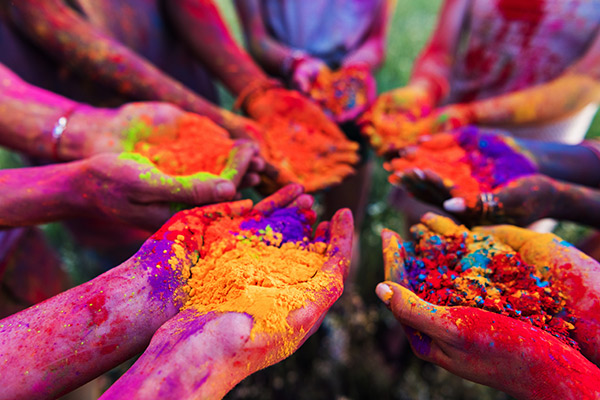
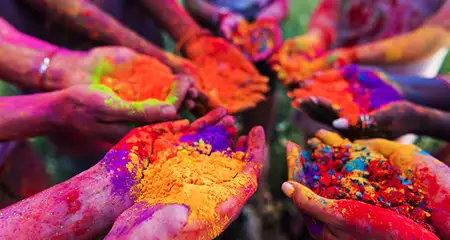
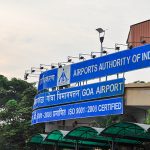 How to Reach Goa by Flight, Train, Car, Bus or Ship
How to Reach Goa by Flight, Train, Car, Bus or Ship 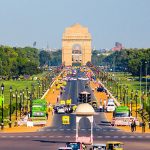 How to Reach Delhi by Flight, Train, Car or Bus
How to Reach Delhi by Flight, Train, Car or Bus 



